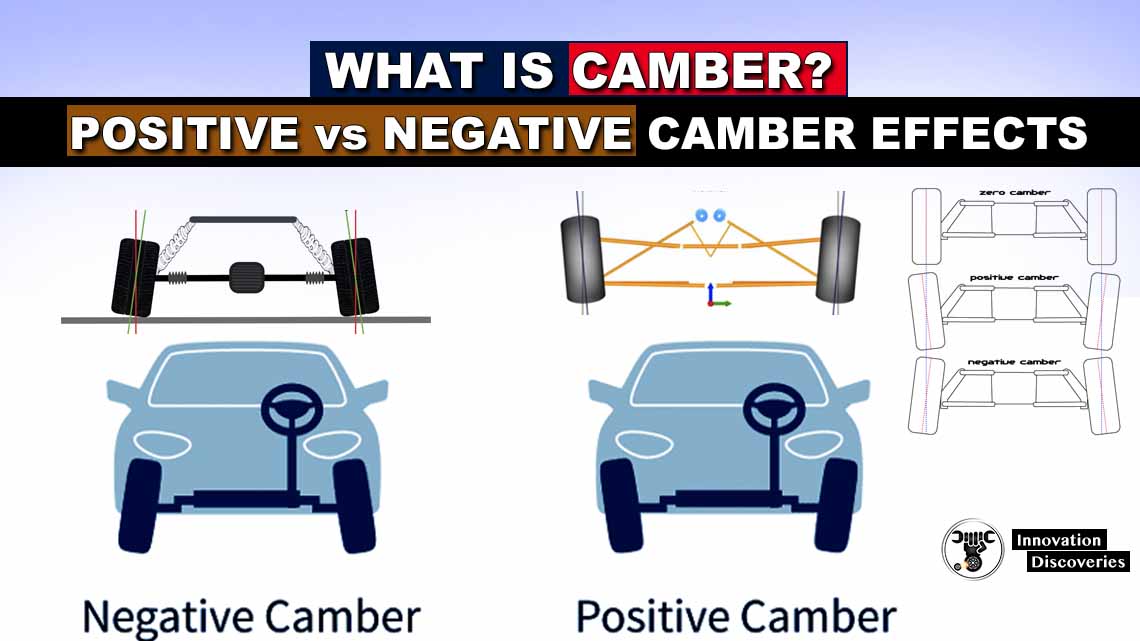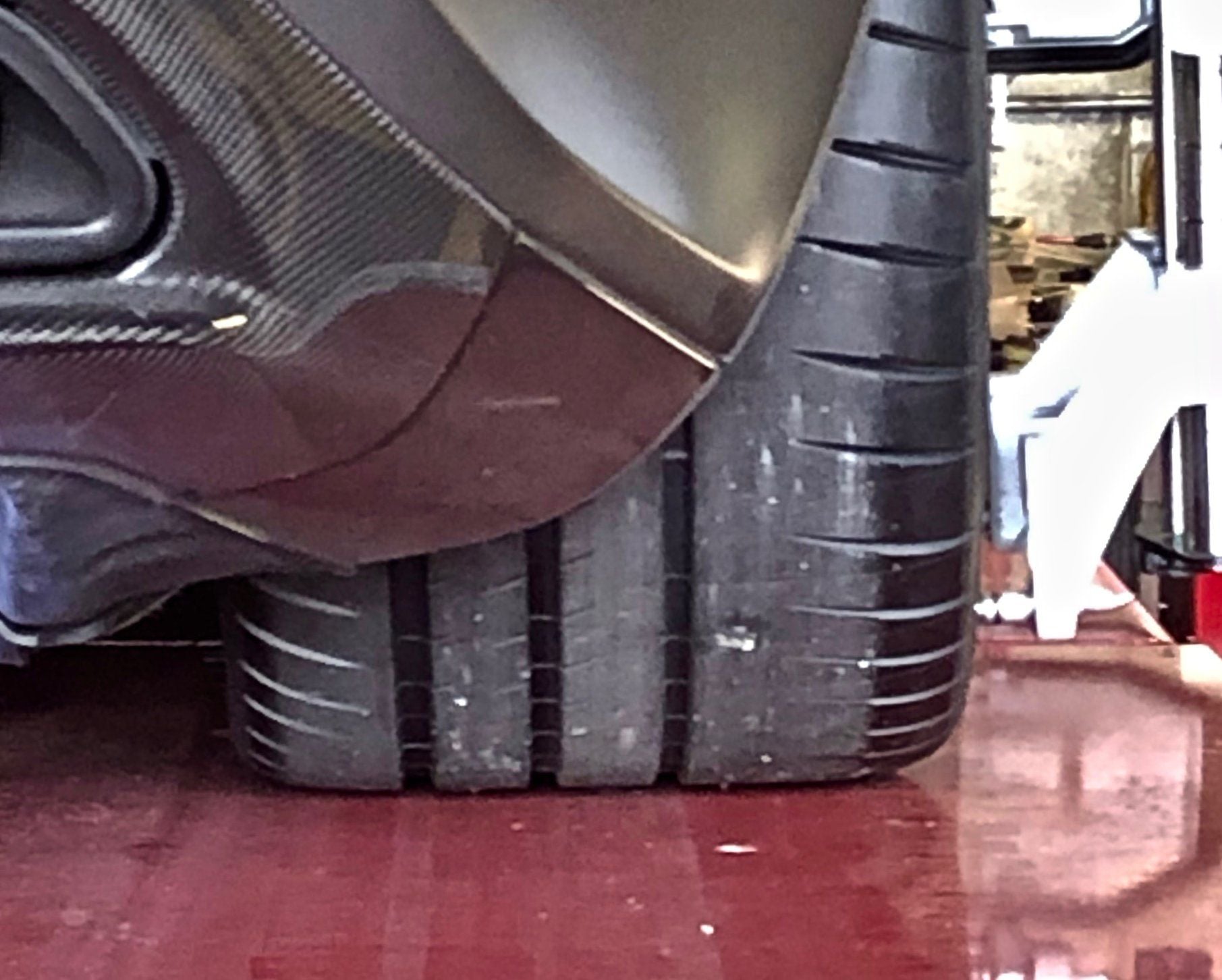

- EXCESSIVE NEGATIVE CAMBER HOW TO
- EXCESSIVE NEGATIVE CAMBER INSTALL
- EXCESSIVE NEGATIVE CAMBER DRIVERS
- EXCESSIVE NEGATIVE CAMBER MANUAL
- EXCESSIVE NEGATIVE CAMBER PROFESSIONAL
We have the pleasure of holding lengthy discussions with our clients in regards to wheel and tire fitment, track preparation and all things related to squeezing the most out of their machine, and we often discover through these interactions that enthusiasts new to the sport carry a sour connotation with negative camber, and a general misunderstanding of the role it plays in the world of performance driving.
EXCESSIVE NEGATIVE CAMBER INSTALL
Now, many enthusiasts are under the impression that negative camber is just a way to install ridiculously wide wheel and stretched tire fitments under their fenders – a way to get “hellaflush” status and Instagram fame.

Camber (kambər) – The angle of a tire relative to the driving surface. To understand this relationship, we should first define what camber really is. They are meant for unusual vehicles like tractors, airplanes, race cars, and things like that.Let’s demystify the sorcery behind the relationship between performance driving and camber. Camber angle adjustments are not meant for normal everyday vehicles that you see on the main roads and highways. It is important that you understand the purpose of why you’re adjusting the camber in the first place. One wrong miscalculation on the camber of the front tires and it could cause problems while you’re driving.
EXCESSIVE NEGATIVE CAMBER PROFESSIONAL
However, it is highly recommended that you let a professional to do the cambering work if you’ve never done it before.
EXCESSIVE NEGATIVE CAMBER HOW TO
You’ll also want to know how to perform the job if you’re doing all the work yourself.
EXCESSIVE NEGATIVE CAMBER MANUAL
If your vehicle allows you to adjust the camber of your two front wheels, then be sure to refer to the owner’s manual so that you know the proper number of degrees to tilt your wheels at. That is why people with high-performance vehicles which corner frequently will want to have negative cambers on their front wheels. This would not create a smooth turning experience for the driver. If your tires and wheels were to be perfectly aligned with the vertical axis and have no camber angle at all, then cornering would cause the contact patches of the front tires to lift from the ground. This allows the turns to happen much more smoothly. The bottoms of the tires are also making less contact with the ground and there is less pressure put on them. The benefit of this angle is for making turns around corners because the wheels and tires are positioned better for this purpose. When your front wheels have a negative camber, they are inclining inward. See Also: Symptoms of a Bad Wheel Alignment Negative Camber Effects Credit
EXCESSIVE NEGATIVE CAMBER DRIVERS
Otherwise, most drivers will want to have a positive camber on their front wheels. The only time it may be a problem is if you have an accident and you need to replace the specific components of your wheels with ones which have the proper angle needed to recreate the positive camber effect. This won’t matter to most vehicle owners because they only care about having a comfortable driving experience. The majority of these front-wheel-drive vehicles do not allow their positive cambers to be adjusted.

Also, if you’re normally driving on uneven roads or surfaces, then you will want the added stability that positive cambers provide. The benefit of positive camber on these vehicles is that you don’t need to use much effort when steering them. You will see positive camber angles often on recreational and agricultural vehicles, such as tractors. This creates more stability because it will cause the vehicle to pull to each side. When your front wheels have a positive camber, they are inclining outward. See Also: What is Caster? (Positive and Negative Effects) Positive Camber Effects Credit You use degrees to measure the camber angle when figuring out the distance that the wheels will incline from the vertical axis. The general consensus is that a positive camber is good for keeping a recreational vehicle stable, while a negative camber is better for allowing high-performance vehicles to turn corners faster and more accurately. The importance of the camber angle has to do with how stable it makes the vehicle on the road, particularly when making turns around corners. If the wheels have a positive camber, it means the tops of the front wheels are inclining toward the outside and away from the center of the chassis. If the wheels have a negative camber, it means the tops of the front wheels are inclining to the side toward the center of the vehicle’s frame. When the word “camber” is used in relation to automobiles, it refers to the angle of a vehicle’s wheels and their vertical position as they sit on the surface of the ground or road.


 0 kommentar(er)
0 kommentar(er)
